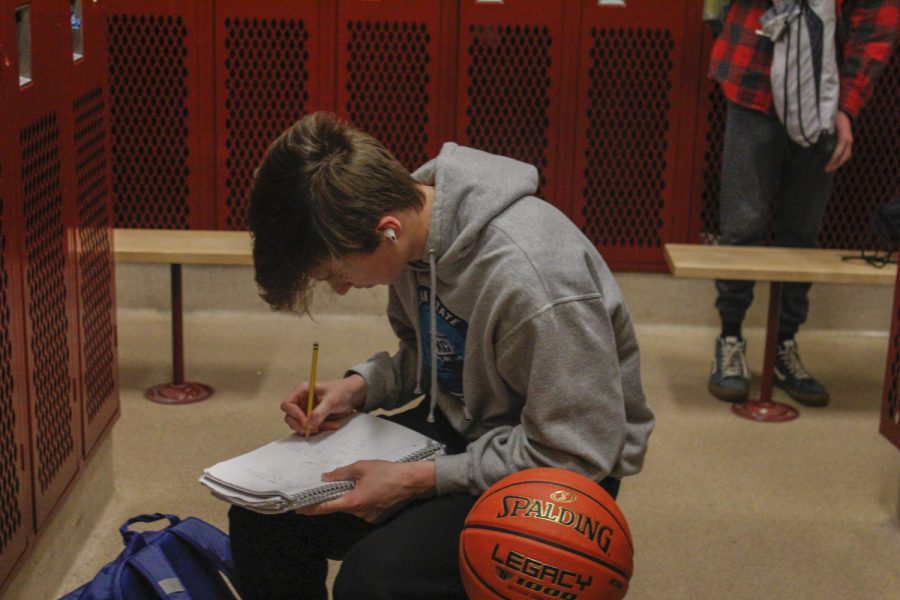Bouldering—a form of rock climbing—has emerged in popularity in recent years. Maybe you have been meaning to try it out, not knowing where to start… This piece provides a basic understanding of the sport, the type of equipment it requires, and the benefits of practicing it.
Author: Niklàvs Pallu Caune
Bouldering is a form of rock climbing, that is practiced on artificial walls, without the use of a rope or a harness. It involves climbing “puzzles”, which range from easy to extremely difficult, according to their “level” (the naming of which varies from gym to gym). These puzzles require a lot of technique, strength, and balance to complete.
Bouldering only requires very minimal equipment; the only thing that you really need is climbing shoes. You need them because:
- You aren’t allowed to climb on the walls without them;
- They prevent you from injuring your feet;
- If of good quality, they make you concentrate all your bodyweight on one small part of the foot, making it easier to stand on smaller foot holds.
Another piece of equipment that can be useful is chalk, in powder or liquid form. It is put on your hands, to dehydrate them, so you do not slip when grabbing the holds.
It can also be useful to own a brush, which is used to brush away old chalk from holds, making them less slippery.
Because the walls are around six meters high, there is a mattress on the ground, so you can fall without injuring yourself. But, in order to keep completely safe, you can make use of a certain falling “technique”: you first fall on your butt, and then you roll off onto your back. It’s that simple!
Unlike lead climbing, which is much more focused on endurance, bouldering is a very intense sport, which requires a lot of strength. From my experience, it trains your back, making it look aesthetically muscular in only a few months. It also trains your grip and forearm strength to an insane degree, because you have to hold on to challenging holds. It also trains your proprioception, reflexes, agility, balance and flexibility, thanks to the various movements you must perform to solve a puzzle.
Warm-up is vital in bouldering, once you get decently good. If you don’t warm up properly, you can risk injuring your fingers or shoulders. I usually start by warming up my joints, and then by doing some basic compound calisthenic movements, like pushups, pullups, squats, and plank. After that, I start climbing the easiest puzzles, and then I go progressively from level to level, so that I’m fully warmed up for the more challenging ones.
To progress faster in bouldering, training outside of climbing puzzles is really helpful. Training your pulling strength by doing pullups and Australian pullups is useful. You can also train your grip strength, using so-called “hangboards”.
As a final remark, I want to emphasize that bouldering is a fun and worthwhile sport, and it deserves more attention. I hope to have inspired some of you to try it!
Cover Image by: Northside Boulders – A place to have fun


